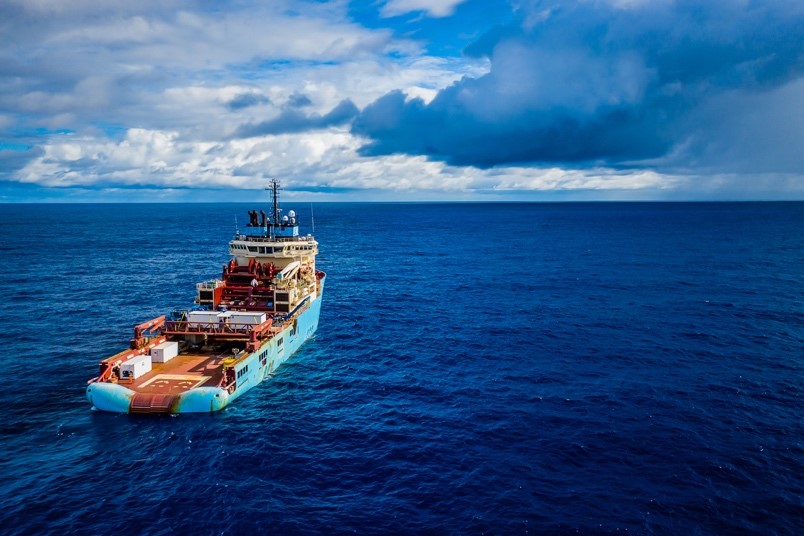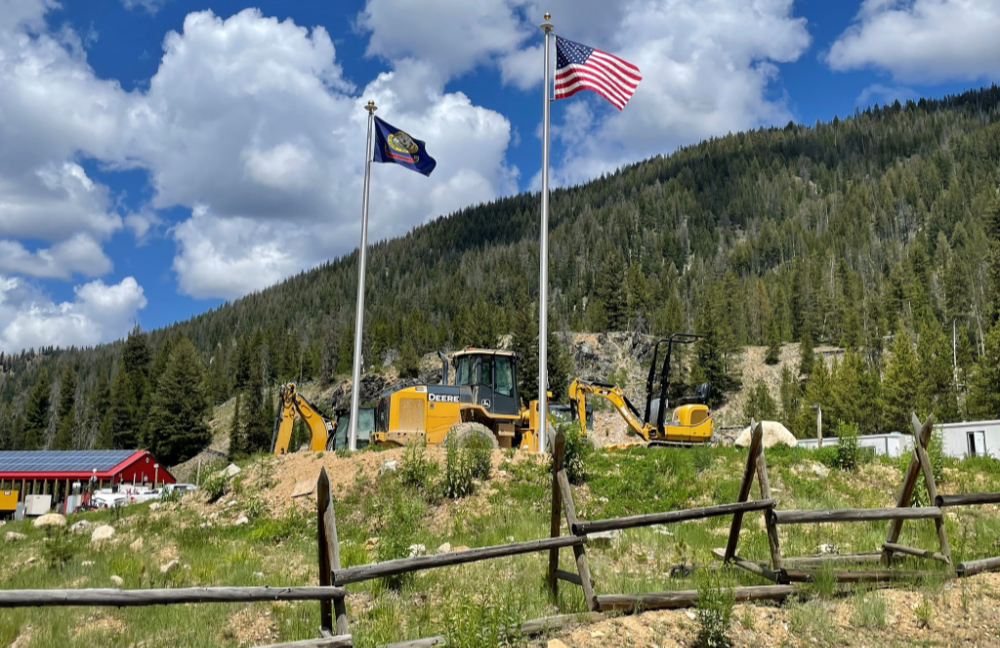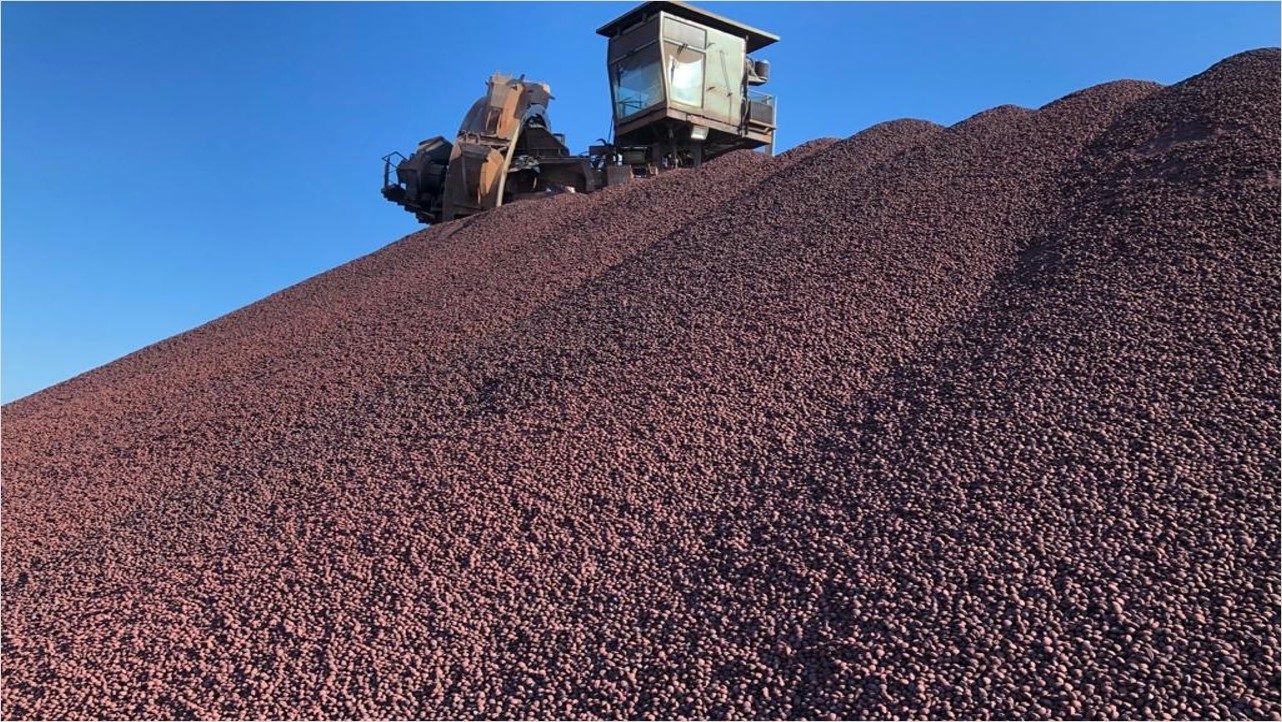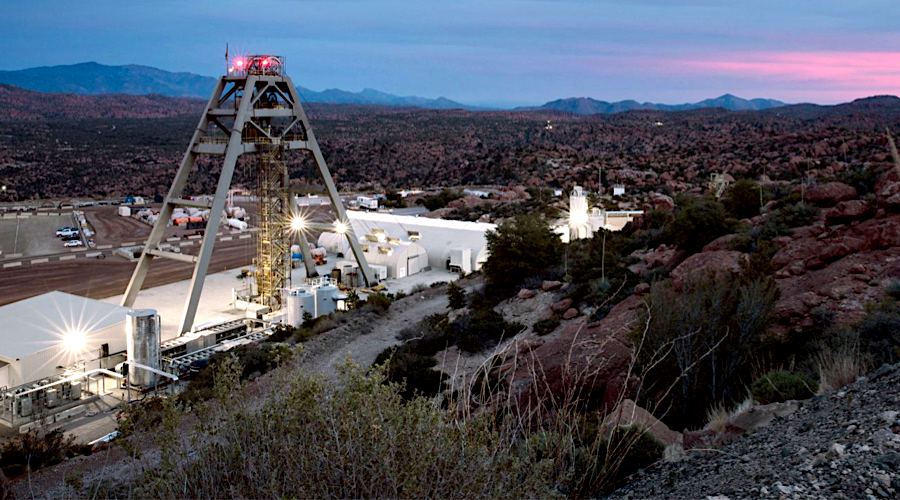Deep-sea mining may be inevitable, says UN regulator

Deep-sea mining is likely just a matter of time, according to the head of the International Seabed Authority (ISA).
“Clearly now, we are reaching a very high level of interest so I would say that yes it seems to be inevitable,” said Michael Lodge, the secretary-general of the ISA, in an interview with CNBC.
“One of the main drivers of industrial interest is the potential to produce larger quantities of minerals at equivalent or lower cost to what can be produced on land,” Lodge added.
His comments come as the ISA prepares to recommence talks on deep-sea mining in Kingston, Jamaica, next month.
Recently, Norway’s parliament greenlit seabed mining exploration in the country’s territorial waters. The determination on January 9 made Norway the first country to formally authorize seabed mining activities in its waters.
Minerals and metals such as cobalt, nickel, copper and manganese can be found in potato-sized nodules on the ocean floor. Reserves are estimated to be worth anywhere from $8 trillion to more than $16 trillion.
According to a study published in the Journal of Cleaner Production, producing battery metals from nodules could reduce emissions of CO² by 70-75%, cut land use by 94% and eliminate 100% of solid waste.
Meanwhile, scientists have warned that the full environmental impacts of deep-sea mining are hard to predict, and environmental campaign groups say the practice can lead to ecosystem destruction and species extinction.
“It hasn’t been done yet, so it is very hard to say conclusively that it would be as destructive as some people claim that it would be,” said Lodge.
More News
Trump to fast-track permitting for 10 mining projects across US
April 18, 2025 | 08:05 am
{{ commodity.name }}
{{ post.title }}
{{ post.date }}




Comments